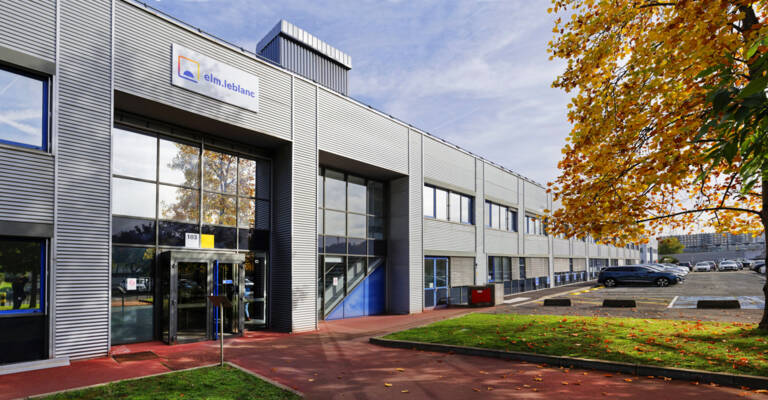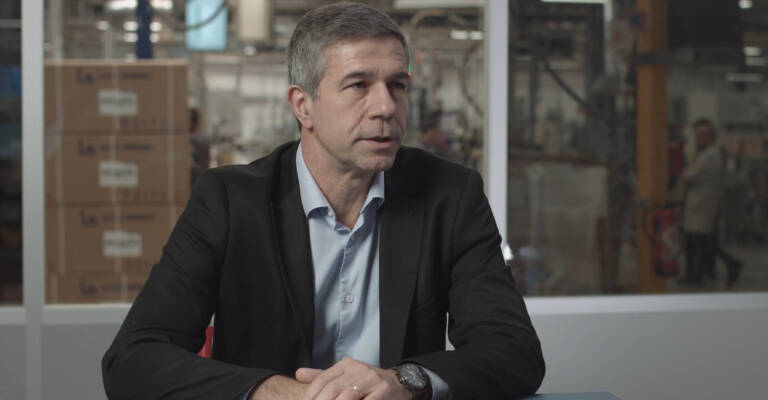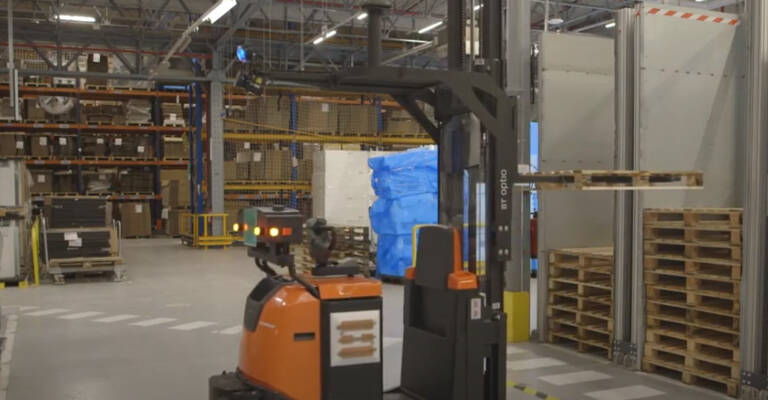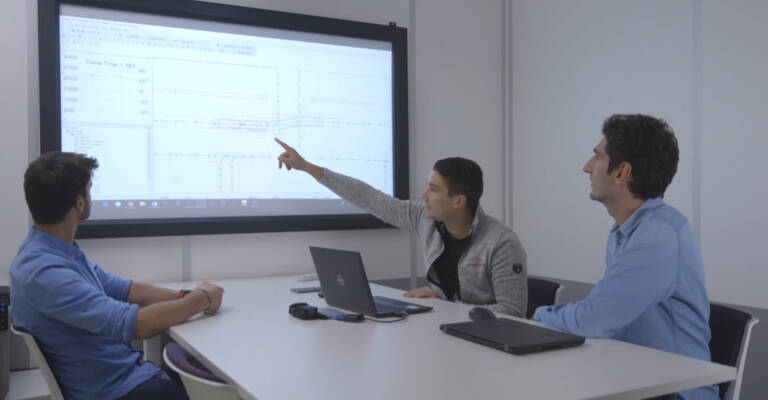How Toyota’s automated forklifts support elm.leblanc’s 4.0 journey

Facts & figures
- Company: elm.leblanc
- Location: Drancy, France
- Industry: production
- Applications: horizontal transport, storage
- Trucks: 2 automated OAE, 2 electric counterbalanced trucks, 1 reach truck
About elm.leblanc
The first factory of elm.leblanc was built in 1963 in Drancy, in the Paris region. The operation was constantly modernised and developed, and dedicated to sub-assembly, final assembly and testing. In 1996, elm.leblanc joined the Thermotechnology Division of the Bosch Group, European leader in heating and hot water production systems. The Drancy site employs 300 people. Every year more than 100,000 boilers are produced, meaning a boiler is leaving one of the production lines every minute. Digitisation is at the heart of elm.leblanc's industrial facilities: synchronisation of workers, connected manufacturing equipment, transparency of results to promote efficiency and collaboration between teams and automated vehicles.

Automated vehicles as part of the industry 4.0 strategy
The vision of the factory of the future, combined with local mastery of the corresponding know-how, have enabled the Drancy production site to become an Industry 4.0 Competence Center for the Bosch Thermotechnology division. A collaborative dynamic supported by a strong digital culture places innovation more than ever as an engine of elm.leblanc's growth.
Laurent Tortrat, Industrial Director of the Drancy site, explains: “The automation project with Toyota on this site is part of our strategy to develop Industry 4.0 solutions. This site faces the same challenges that characterise our modern world: volatility, uncertainty, complexity and ambiguity. A high level of flexibility requires us to become increasingly responsive since everything just keeps on getting faster.” Elm.leblanc responds by developing 4.0 solutions, transforming the organisation, accompanied by skills development for their teams.

The AGV solution from Toyota
The Toyota solution involves 2 OAE Autopilot forklift trucks used for the shipment of finished products. It involves retrieving pallets from final assembly lines, taking those to a gravity racking buffer, and replacing empty pallets at the end of the lines where the full pallet was removed, ensuring that there are always 2 pallets in place to handle production-related movements. A second activity has also been assigned to the Autopilots: handling the shipment of goods from the gravity racking to the loading bay. The operator selects via a user interface the batch that has to be moved by the Autopilots to the loading bay. The Autopilots handle autonomously the transfer of the goods from the gravity racking to the loading bay. And a third task is to transport products to the quality department to conduct random sample tests on our manufacturing lines. Once pallets have been given the all clear by quality, the Autopilots collect them and place them back in the queues awaiting shipment.
The gains from automation
The Industrial Director of the Drancy site sums up the gains from the automation project with Toyota:
- “The increased productivity with this AGV solution has enabled us to achieve full pay-back in less than 2 years;
- We reached an annual improvement in productivity of about 5%;
- Workplace safety has improved, this is our primary responsibility towards all our staff, and there is a high level of awareness of its importance;
- We have now recorded two and a half years without a workplace accident, and the Autopilots went into service two years ago, an essential point for us;
- There was no damage to equipment for more than 2 years on the driving path of the automated vehicles.”

A flexible solution well supported
“We found the quotation from Toyota interesting because it really did provide us with a complete package, and it genuinely represents an ‘industry solution of the future’,“ states Tortrat, Industrial Director at elm.leblanc. The Toyota automation solution was appealing to elm.leblanc because it uses geo-location, which enables them to map their layout and provide addresses for the pick-up and drop-off locations. “Best of all, we have a system that enables us to evolve continuously and be flexible, adapting the Toyota system to reflect changes in our layout,“ continues Tortrat.
“Toyota also supports with appropriate training of the personnel and parallel support. Not just at an operational level but also in planning and technical areas, enabling us to become autonomous in terms of the actions we take, also in relation to the small things on a daily basis.” Something else that interested the company about the Toyota AGV solution was the lean manufacturing approach that they were able to implement. “Furthermore, service support is also very responsive, during installation as well as after operations have commenced, and we get the level of support we ask for, either remotely or on-site at our manufacturing premises,” confirms Tortrat.
